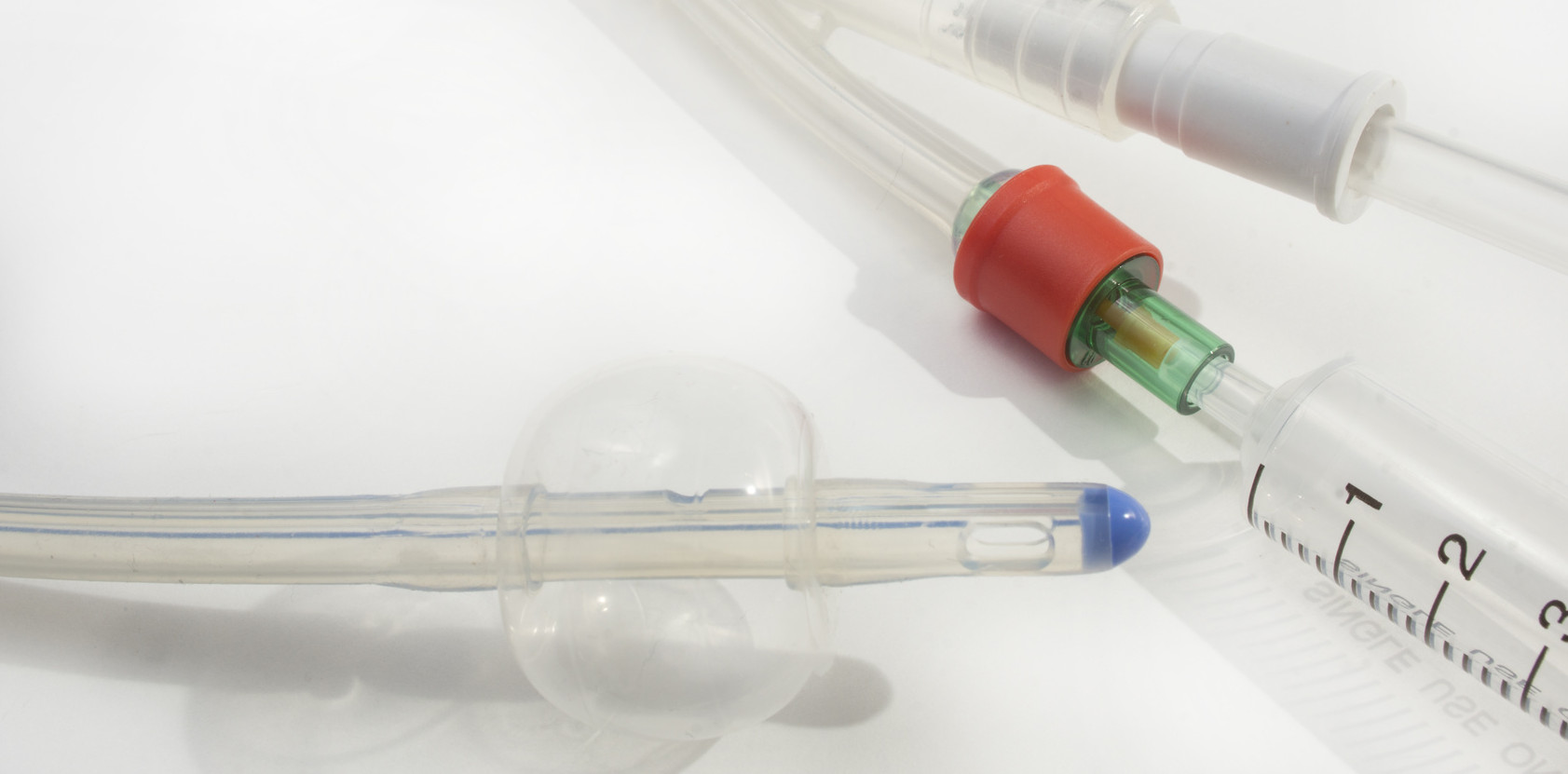Medical device and MedTech insights, news, tips and more
Hospital Superbugs Squashed with New Catheter Infection Alert System
April 25, 2016

A new infection alert system in catheters could prevent serious infections in millions of hospital patients worldwide. The system, detailed in a new paper in Biosensors and Bioelectronics, changes the color of the urine so patients and carers can see easily if bacteria are starting to block the catheter.
The researchers who invented the new catheter infection alert, from the University of Bath, say it could help tackle these infections. It could also be beneficial for elderly people in care homes.
A catheter drains urine from the bladder when a person can’t release urine without help or is incontinent, including following anesthesia. 100 million urinary catheters are used around the world every year, but the infections they sometimes cause can be problematic for thousands of people. Hospital acquired urinary infections affect more than 90,000 patients a year in the US alone, according to the Centers for Disease Control and Prevention.
The new system designed by Dr. Toby Jenkins and his colleagues provides a means of early detection, so the catheter can be changed and the infection treated before a person becomes unwell.
“Catheter-related infections are a serious problem, especially if the bacteria are resistant to antibiotics. We hope that with this simple to use sensor system we can ultimately make a real difference to patients’ lives,” said Dr. Jenkins.
Over time bacteria can build a layer called a biofilm inside the catheter tubes that eventually blocks them. The urine can’t escape and pushes back into the kidneys where the bacteria can cause kidney failure, body-wide infection and death. Up to half of people who use catheters long-term have problems with blockages caused by bacteria, but there is currently no way to detect potential blockages before they cause problems.
The new coating detects biofilms built by a bacterium called Proteus mirabilis, the most common cause of catheter blockage. The system gives advanced warning of a catheter blockage 10 to 12 hours before it happens.
The coating is made up of two layers. The first reacts to changes in urine caused by the bacteria, the second layer releases the dye. The dyed urine gathers in the collection bag, turning the urine bright yellow. The color change reveals the infection.
Dr. Jenkins’ team used a glass bladder, artificial urine and bacteria from patient samples to test the system. It responds to changes in the acidity, or pH, of urine caused by bacteria. As bacteria multiply, the substances they release raise the pH so the urine becomes more alkaline than acidic. This change dissolves the top layer of the coating, releasing the super-bright dye held in the second layer.
The glass bladder tests showed that when there is no bacterial infection the dye stays in the second layer despite liquid constantly flowing past it.
Biofilms built by bacteria are not easy to treat. They avoid the natural defenses of the immune system and can’t be broken down by antibiotics. Dr. Jenkins is optimistic about the benefits of the system: “Our new coating works with existing catheter designs and gives a clear, early visual warning of infection before a catheter is blocked. It could dramatically reduce the number of infections resulting from bacterial blockages.”
Read More – Source: Infection alert in catheters could tackle hospital superbugs – Medical News Today
